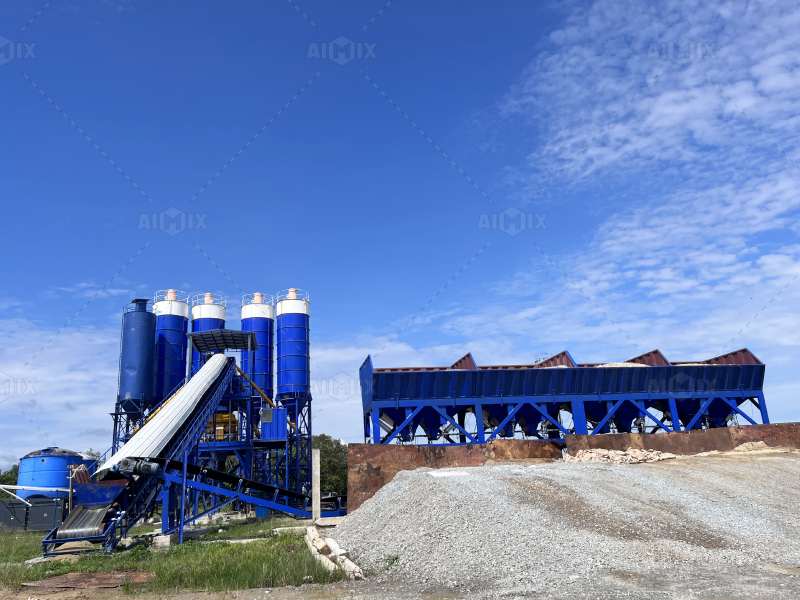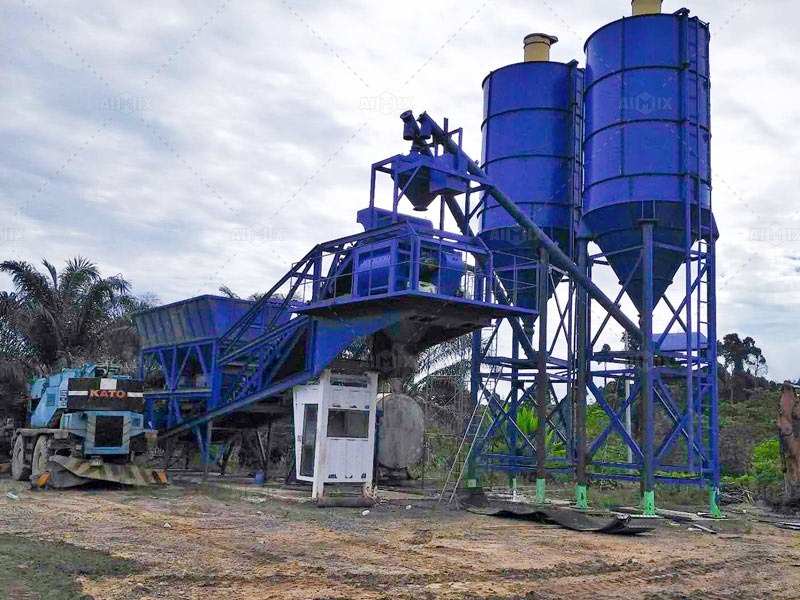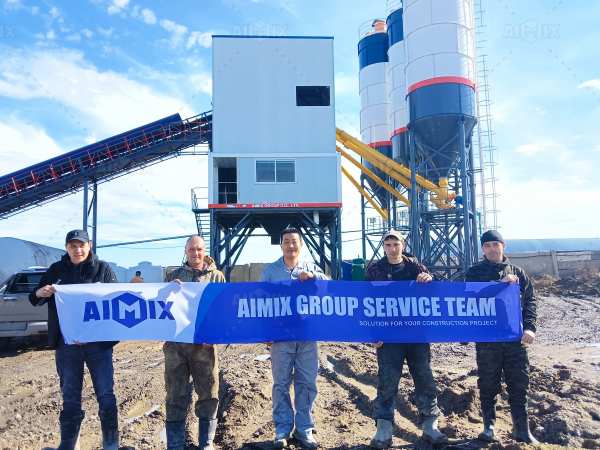Factors that Impact the Cost of Concrete Plants in Different Markets
The cost of concrete plants can vary significantly depending on a wide range of factors, making it important for construction businesses to understand the specific influences at play in their local markets. Concrete plants, whether stationary or mobile, serve as the backbone of many construction projects by providing ready-mixed concrete in the quantities and quality needed. However, the overall cost of acquiring and operating a concrete plant can differ from one region to another. In this article, we will explore the factors that impact the cost of concrete plants across different markets.

1. Type and Size of Concrete Plant
One of the most significant factors influencing the cost of a concrete plant is its type and size. There are various types of concrete plants, including stationary batching plants, mobile plants, and precast plants. Each type has a different cost structure based on its design, components, and intended use.
Stationary Batching Plants: These are typically larger and designed for high-volume production. Due to their complex setup and fixed installation, they tend to have a higher initial cost.
Mobile Concrete Plants: These plants offer flexibility by being able to be transported and set up at different job sites. While mobile plants tend to have a higher price per unit of production compared to stationary concrete plants, they are a cost-effective solution for projects that require mobility and flexibility.
Precast Concrete Plants: Precast plants are used to produce standardized concrete elements, such as walls, beams, or slabs. They can be more expensive due to the specialized machinery required for mold-making and curing.
The size of the plant also plays a critical role. Larger plants, designed to produce greater volumes of concrete, naturally cost more. Conversely, smaller plants designed for more specific or lower-volume production may have a more affordable price point.
2. Geographic Location and Market Conditions
The geographic location of a concrete plant is another key determinant of its cost. The local market conditions, including the availability of raw materials, labor, and infrastructure, can significantly impact both the initial purchase price and long-term operating expenses.
Raw Material Availability: Concrete plants depend on key materials such as cement, sand, and aggregates. If these materials are sourced locally, the cost of production may be lower, but if a plant is located in a region where raw materials need to be imported, transportation costs will increase, driving up the overall cost of the plant.
Labor Costs: Labor costs vary significantly across different regions. In regions with higher wages and labor costs, concrete plants will typically incur higher operational costs. Additionally, skilled labor may be in higher demand in certain areas, further raising labor-related expenses.
Local Infrastructure: The availability of adequate infrastructure, including roads for transporting raw materials and finished products, can affect both the setup and maintenance costs of concrete plants. Poor infrastructure may necessitate additional investment in transportation equipment or lead to inefficiencies that increase operational costs.

3. Regulatory and Environmental Factors
Government regulations and environmental policies also have a significant impact on the cost of concrete plants. Different regions have varying rules governing construction standards, emissions, and waste management, which can affect both the initial cost and ongoing expenses for plant operators.
Environmental Regulations: Many countries and regions have implemented stricter environmental policies aimed at reducing the carbon footprint of industries, including concrete production. This could result in higher costs for concrete plant manufacturers to comply with these regulations. For example, plants may need to invest in pollution control equipment or use eco-friendly raw materials, which can drive up the overall cost of the plant.
Construction Standards: In some markets, more stringent building codes and construction standards may require concrete plants to meet higher quality and safety standards. This can necessitate more advanced, higher-cost machinery, or frequent upgrades to ensure compliance.
Permit and Licensing Costs: The cost of obtaining the necessary permits and licenses to operate a concrete plant varies by region. In some areas, obtaining permits can be a time-consuming and expensive process, contributing to the overall cost of starting and maintaining a plant.
4. Technology and Automation
Advancements in technology and automation are reshaping the concrete plant industry. The level of technology integrated into a plant—such as automated batching systems, computerized controls, and remote monitoring—can significantly impact the cost.
Automation and Efficiency: Plants that incorporate more automation tend to have higher upfront costs due to the advanced equipment and systems required. However, automation often results in cost savings over time by improving efficiency, reducing labor costs, and ensuring better consistency in concrete production.
Energy-Efficient Systems: In regions where energy costs are high, concrete plants may be incentivized to invest in energy-efficient systems or renewable energy solutions. While these technologies can raise initial costs, they often result in lower long-term operating costs.
5. Market Demand and Competition
The level of competition in the local concrete plant market can also influence pricing. In areas with high demand for concrete and a limited supply of plants, manufacturers may be able to command higher prices. Conversely, in regions where the market is saturated with concrete plant options, there may be downward pressure on prices.
Demand Fluctuations: The construction industry is subject to economic cycles. During periods of strong growth, the demand for concrete plants may increase, driving up prices. In contrast, during economic slowdowns or recessions, manufacturers may reduce prices to remain competitive.
Competition and Supplier Options: The number of concrete plant manufacturers in a region also plays a role. A region with many suppliers may benefit from competitive pricing, while areas with limited suppliers may face higher prices due to a lack of competition.

6. Shipping and Installation Costs
Shipping costs can also be a significant factor, especially when purchasing a concrete plant from a distant manufacturer. In regions with limited local manufacturers, plants must be shipped over long distances, which can add substantial costs for transportation, customs, and installation.
Conclusion
The cost of concrete plants can be influenced by a multitude of factors, from the type and size of the plant to the specific market conditions in a given region. Understanding these factors is essential for businesses looking to invest in concrete production equipment. By considering elements such as location, regulatory environment, market demand, and technological advancements, businesses can make more informed decisions about their investments. Whether opting for a stationary, mobile, or precast concrete plant, the goal remains the same: to ensure cost-effective, efficient production of high-quality concrete to meet the demands of modern construction projects.